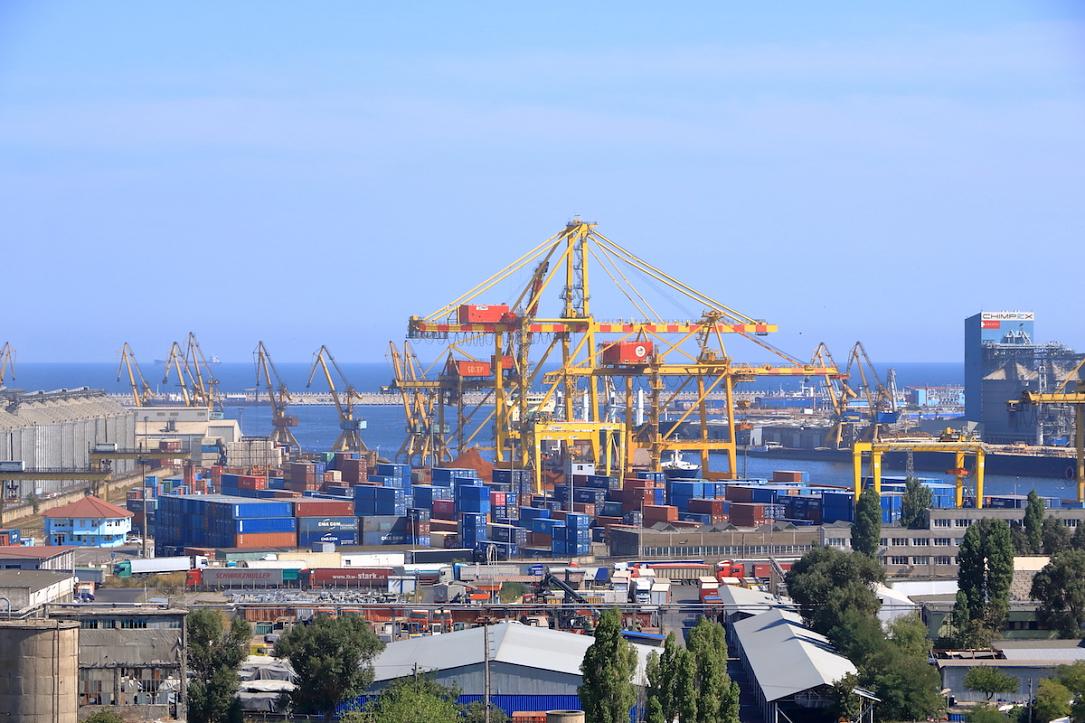Report: No drug seizures in the Romanian port of Constanța since 2021



No drug seizures have been reported in Romania's port of Constanța since 2021, according to information provided by the General Police Inspectorate (IGPR) to G4Media.ro. The information comes in light of a more recent focus on drugs on the part of state authorities.
In total, from the year 2000 until now, authorities have confiscated only 20 tons of drugs at the port of Constanța, on the Romanian Black Sea coast.
“The sporadic and small-scale drug seizures in the port of Constanța are in contrast to reports from the European Union and DIICOT, which indicate a different reality: drug trafficking networks are increasingly targeting smaller EU ports, and Romania serves as a transit country on the Balkan Route,” journalists at G4Media.ro argued.
Drug use among young people and in general has been in the public eye, with Romanian MPs promoting a bill increasing the penalties for producers and consumers of drugs. The Romanian presidency has also shown a new willingness to discuss drug consumption among the Romanian youth. And yet, proper checks are still not in place at the country’s main maritime port. According to the DIICOT report "Coordinated Combating of New Trends in Drug Trafficking – Snow White," ports are considered viable alternatives for drug transportation to the European Union.
In 2021, EU member states confiscated a record 303 tons of cocaine. The drugs captured in Belgium (96 tons), the Netherlands (72 tons), and Spain (49 tons) accounted for nearly 75% of the total amount seized. Preliminary data for 2022 indicates that the quantity of cocaine captured in Antwerp, Europe's second-largest maritime port, increased to 110 tons, up from 91 tons in 2021, according to the EU EMCDDA report. In 2021, Romania seized only 1.5 tons of cocaine.
In the port of Constanța, checks carried out by the Customs Service are more bureaucratic and based on risk analysis. The main indicators include the country of dispatch, the sender, or the intermediary sender, the recipient, the type of packaging, transport costs, and/or the description of the goods.
Although the Customs Service possesses a mobile scanner, it has been non-functional since 2016 due to a lack of authorization and is scheduled for scrapping. The X-ray scanner currently operated at BVF Constanța Sud was provided by the Port of Constanța Administration. Up until August of this year, 1,377 containers were scanned in this manner, but no irregularities were found, according to a response from the authority to G4Media.ro.
One of the vulnerabilities of the port of Constanța is the shortage of personnel in control institutions, which is particularly evident now with increased activity at the Black Sea port due to the Ukraine conflict. As a result, the Constanța port, one of the largest in Eastern Europe, was recently described as “a paradise for drug traffickers” by Cosmin Andreica, president of the Europol Union.
"Today, in the port of Constanța, anyone can enter or leave without being asked anything. If a sailor from a ship entering Romania wants to bring in 2 kg of cocaine, they can do so without any problem and leave the port to sell them to the first merchant in Constanța. The recent seizures have all been made based on information obtained from other European agencies fighting drug trafficking. Romanian authorities have no technical or operational capacity to detect the quantities of drugs entering our country. The port of Constanța is one of the most liberal ports in the EU, where there is virtually no control. There is no actual visual control of the contents of containers, and there are no scanner-type instrument checks. We can say with certainty that the port of Constanța is a paradise for drug traffickers who want to bring drugs into the EU," Andreica told Digi24.
Former interior minister Lucian Bode responded to the claims regarding insufficient checks in the port. He also emphasized the need for solutions rather than assigning blame and said that all containers arriving from South America are automatically inspected.
“There is a problem pertaining to the Romanian state's capacity, as it is unacceptable to have only one outdated scanner in a port with 700 economic agents and 130 operational docks in the port of Constanța,” Bode said, quoted by Digi24.
(Photo source: Dynamoland/Dreamstime.com)